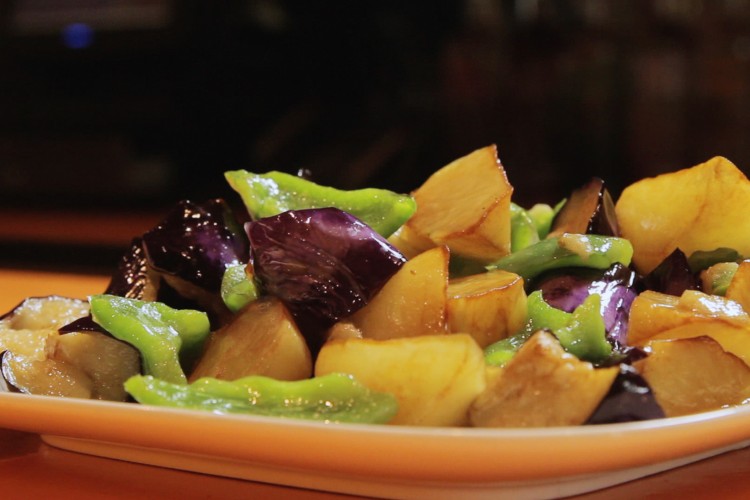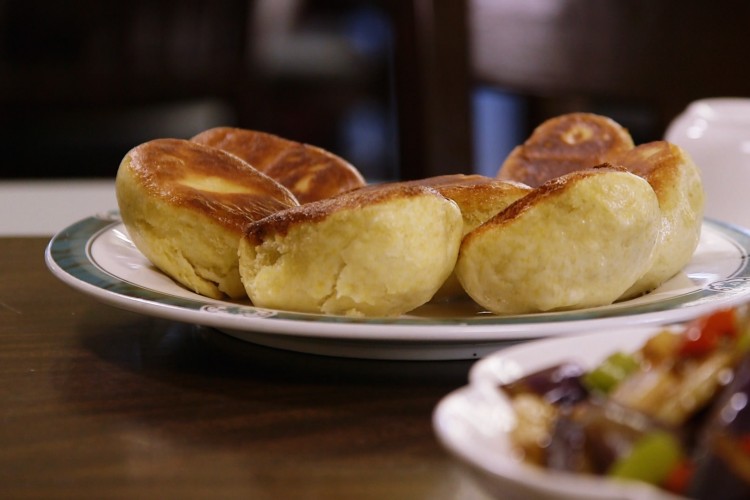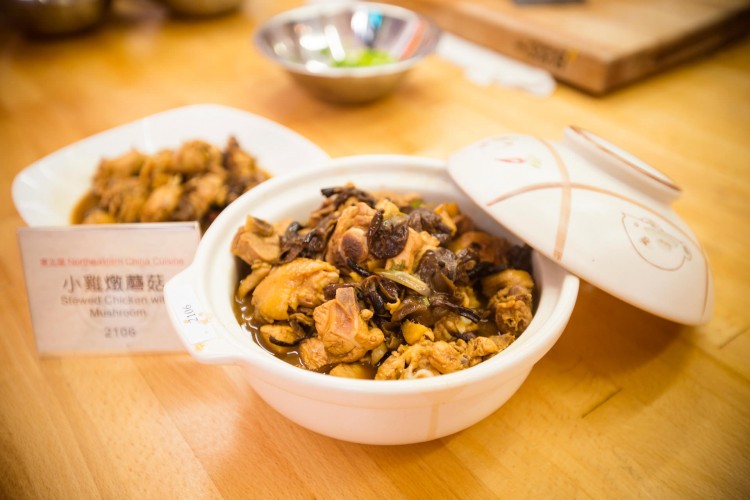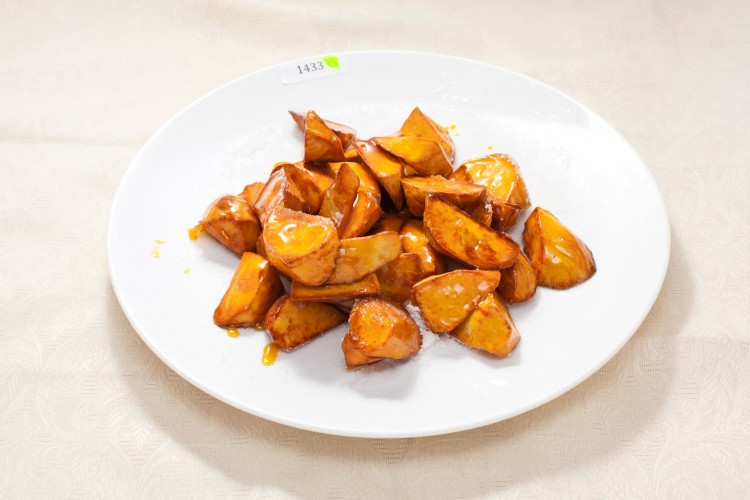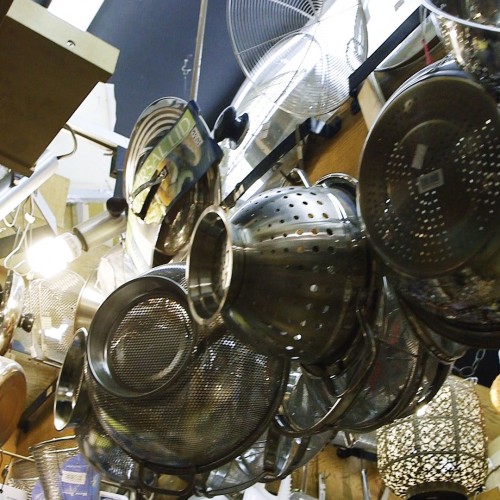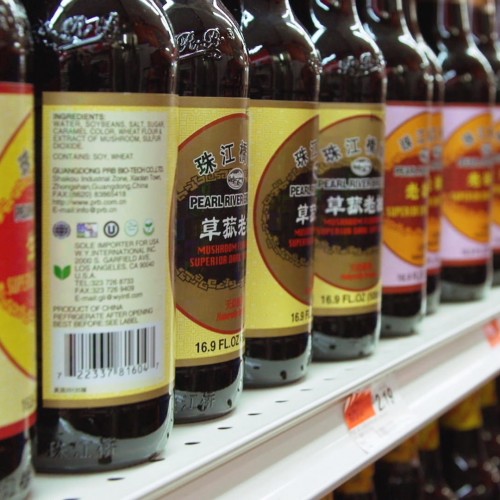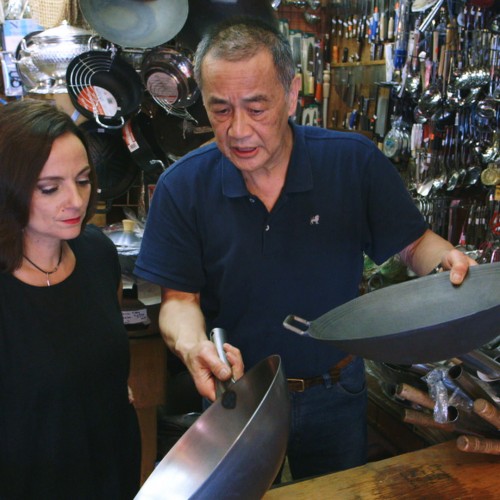Northeastern Cuisine
Land of bread and potatoes

Northeastern Cuisine
Northeastern Chinese cuisine includes many dishes and snacks from the Manchu people of northeast China, and it is believed that the cuisine has been influenced by neighboring countries, notably Russia, Korea, and Mongolia. Because of the harsh winters and relatively short growing season, this region relies heavily on preserved foods and hearty fare.
Due to the region’s many rivers, the Heilongjiang style of the Northeastern cuisine is known for its fish banquets, specializing in fish such as trout and the sturgeon. Because the area is also mountainous, the Jilin style of the Northeastern cuisine is famed for its dishes that use game animals.
- Three delights
- Cornbread
- Chicken and mushroom soup
- Candied sweet potato
Northern dishes:
- Use pickling as a common form of food preservation, showing a Korean influence
- Use noodles, steamed buns and dumplings rather than rice as starch
- Can be somewhat oily, and often use vinegar and garlic
- Are boiled, braised, stewed, steamed, roasted, glazed, deep-fried or stir-fried
- May also include thinly sliced vegetables stir fried in very hot oil
Northeastern is always filling, flavorful, colorful, and with wonderful aromas.
Tidbits
-
Dongbei Cuisine
Tidbits[ssba url="https://confuciuswasafoodie.com/tidbits/dongbei-cuisine/" title="Dongbei Cuisine"]
-
Chinese Cooking Tools
In addition to the wok and cleaver, there are several other tools found in virtually every Chinese kitchen including...
Tidbits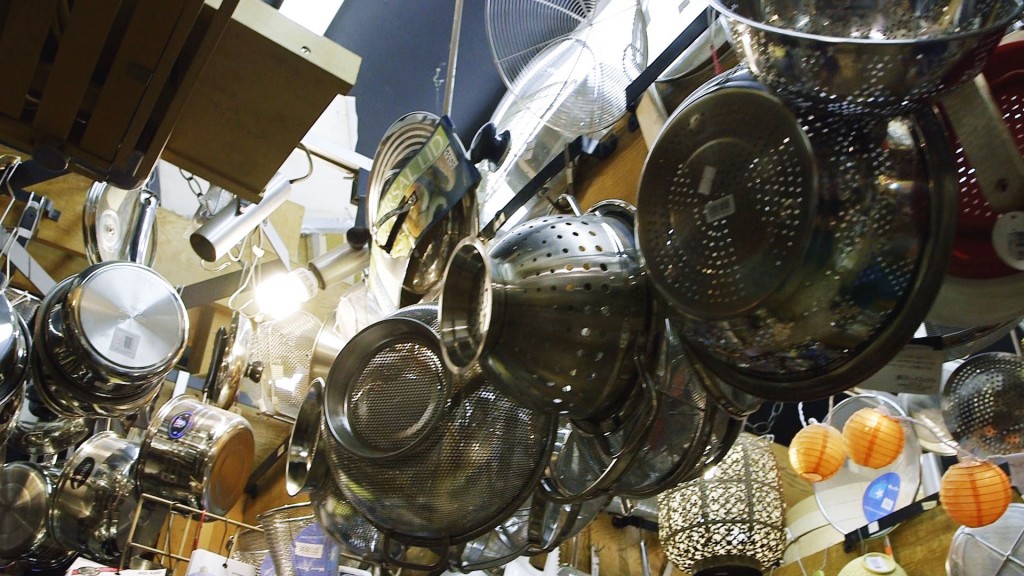
Chinese Cooking Tools
In addition to the wok and cleaver, there are several other tools found in virtually every Chinese kitchen:
- Metal wok spatula and ladle. The metal spatula is used for many things, but it is especially good for stir frying, large quantities and/or fried rice and glutinous rice cakes. It can also be used to scrape up bits of food that have stuck to the bottom of the wok. The ladle is also used for these tasks as well as for soups, stews, sauces, etc. Many Chinese chefs use the ladle exclusively and never the spatula. Handles of both the spatula and ladle should be long enough to prevent the chef from getting burned.
- Bamboo cooking utensils. These are great for everyday stirring and mixing needs. They don’t absorb flavors, colors, and liquids easily and don’t conduct all the heat from the wok like the metal spatula does. They can be used interchangeably with the metal wok spatula.
- Bamboo strainer/Spider. This is a great tool for frying, coarse straining and removing dumplings or similar items from the cooking liquid.
- Fine mesh strainer. This type of strainer is essential during deep frying to remove fine food bits and particles which may burn and spoil the cooking oil. They also help decant the oil after frying for reuse.
- Bamboo steamer. The bamboo steamer allows the preparation of multiple dishes at once by stacking layer upon layer of bamboo racks, requiring only one burner and one wok. Each dish can be cooked in its own time, and several layers can be added.
[ssba url="https://confuciuswasafoodie.com/tidbits/chinese-cooking-tools/" title="Chinese Cooking Tools"] -
Soy Sauces
Soy sauce originated in China sometime between the 3rd and 5th century from an older meat-based fermented sauce named...
Tidbits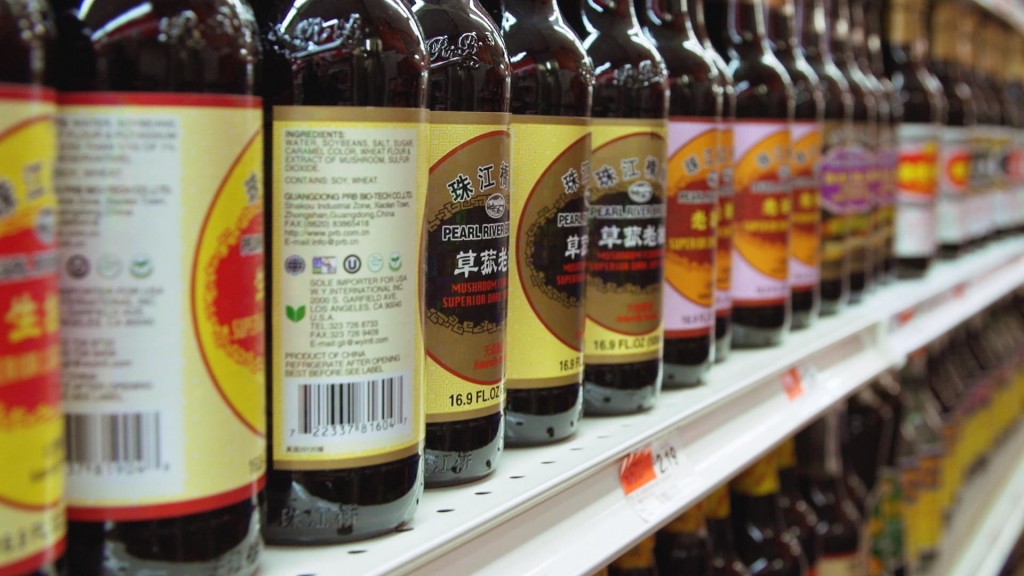
Soy Sauces
Soy sauce originated in China sometime between the 3rd and 5th century from an older meat-based fermented sauce named jiang. Its use later spread to East and Southeast Asia. Like many salty condiments, soy sauce was probably originally a way to stretch salt, historically an expensive commodity. In the 12th century, the Chinese sage Wu Tzu-mu listed the six foodstuffs essential to life: rice, salt, vinegar, soy sauce, oil, and tea.
Chinese soy sauces are primarily made from soybeans, with relatively low amounts of other grains. Chinese soy sauce can be roughly split into two classes: brewed or blended.
- Brewed: Light or fresh soy sauce is a thin opaque, lighter brown soy sauce, brewed by first culturing steamed wheat and soybeans with Aspergillus, and then letting the mixture ferment in brine. It is the main soy sauce used for seasoning, since it is saltier, has less noticeable color, and also adds a distinct flavor.
- Blended: Additives with sweet or umami (savory) tastes are sometimes added to a finished brewed soy sauce to modify its taste and texture.
Dark and old soy sauce is a darker and slightly thicker soy sauce made from light soy sauce. It is made through prolonged aging and may contain added caramel color and/or molasses to give it its distinctive appearance. This variety is mainly used during cooking, since its flavour develops during heating. It has a richer, slightly sweeter, and less salty flavor than light soy sauce.
Dark soy sauce is also available in mushroom and shrimp flavours. Mushroom broth is added in the finishing and aging process then the sauce is exposed to the sun. This gives a richer flavour than plain dark soy sauce. For shrimp flavour, fresh soy sauce is simmered with fresh shrimp and finished with sugar, baijiu (a type of distilled liquor) and spices.
Most Chinese food take-out soy sauce in North America is not really soy sauce; it is not fermented, but is a combination of ingredients, depending on the manufacturer, including corn syrup, water, salt, caramel color, vegetable protein, and sodium benzoate.
[ssba url="https://confuciuswasafoodie.com/tidbits/soy-sauces/" title="Soy Sauces"] -
Types of Woks
A good wok is one of the most versatile pans in a kitchen. Beyond being the best choice for...
TidbitsTypes of Woks
A good wok is one of the most versatile pans in a kitchen. Beyond being the best choice for a stir fry, it’s also the ideal vessel for deep-frying, steaming, and indoor smoking. Not all woks are created equal though. They come in many sizes, shapes, metals, and handle arrangements.
Carbon steel is the best choice of metal for a wok; it heats quickly and evenly, is highly responsive to burner input, is durable, inexpensive, and when properly cared for, will end up with a practically nonstick surface. The steel should be at least 14-gauge (about 2 mm thick) and it should not bend when pressed on the sides.
Traditional woks have a deep bowl shape designed to fit into a circular opening directly over a hearth. Unfortunately though, round woks won’t work on an electric range and are tough to use on a gas range—even with a wok ring. On the other hand, woks with bottoms that are too flat defeat the purpose of a wok, making it tough to flip properly and to move food in and out of the high-heat zone.
The best choice is a wok with a 4- to 5-inch flattened area at the bottom with gently sloping sides that flare out to between 12 and 14 inches. This gives plenty of high-heat space for searing meats and vegetables at the bottom while still providing ample volume and room to maneuver when flipping.
There are two choices for handles. Cantonese-style woks have two small handles on either side, while Northern-style have a single long handle and sometimes a smaller helper-handle on the opposite side. The large handle facilitates flipping and stir-frying, while the short handle makes it easy to lift. Interestingly anything other than a Cantonese wok is considered a ‘Northern wok’.
[ssba url="https://confuciuswasafoodie.com/tidbits/types-of-woks/" title="Types of Woks"] -
Care and Maintenance of Woks
A carbon steel wok’s performance will improve with time and use. Most new woks come with a protective film...
TidbitsCare and Maintenance of Woks
A carbon steel wok’s performance will improve with time and use. Most new woks come with a protective film of oil on them to prevent them from rusting or tarnishing in the store. To remove this layer before using it for the first time, the wok should be scrubbed with hot, soapy water, dried carefully then placed over a burner at the highest heat possible until it starts to smoke. The pan should be carefully rotated so that every area of it is exposed to the super-high heat. The final step is to rub it down with oil using a paper towel held in a pair of tongs.
A wok shouldn’t be scrubbed after use unless it’s absolutely necessary. A rinse and a rub-down with a soft sponge is usually all that’s necessary. Purists may say not to use soap, but that is a personal choice. The wok should be dried with a kitchen towel or paper towels after rinsing and rubbed with vegetable oil to give it a vapor-proof coating that will prevent it from rusting.
With repetitive use, the heated oil in a wok breaks down into polymers that fill the microscopic pores in the metal’s surface, rendering the material completely nonstick. As the wok is broken in, the material will gradually change from silver to brownish, and finally to a deep black.
[ssba url="https://confuciuswasafoodie.com/tidbits/care-and-maintenance-of-woks/" title="Care and Maintenance of Woks"]

